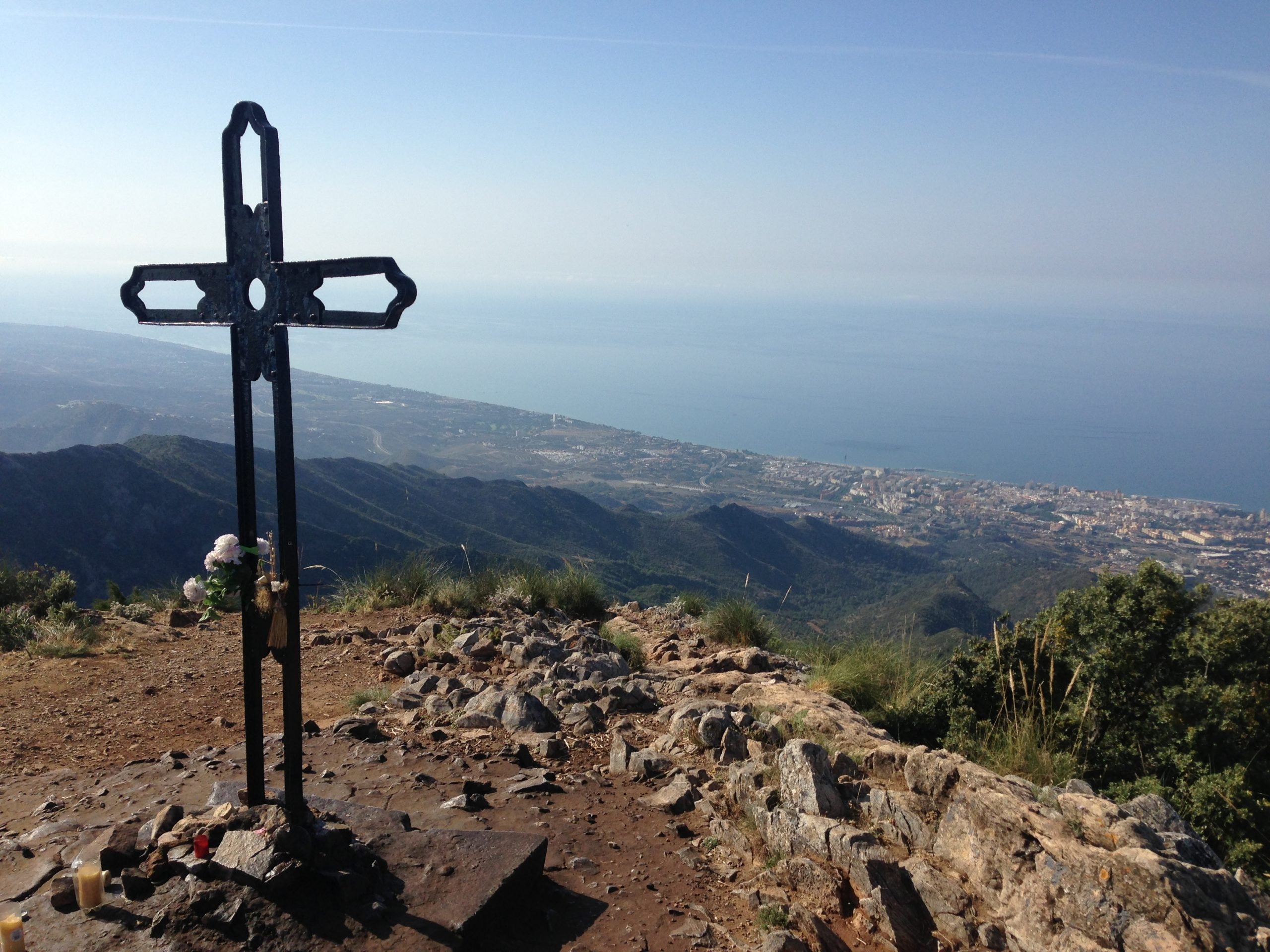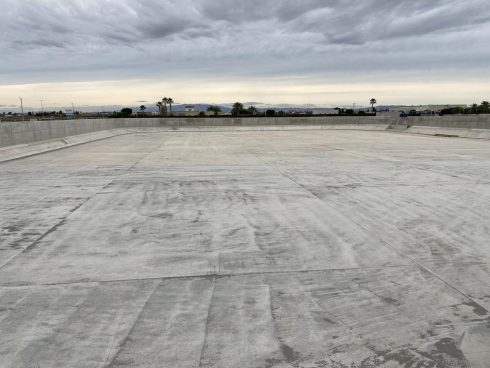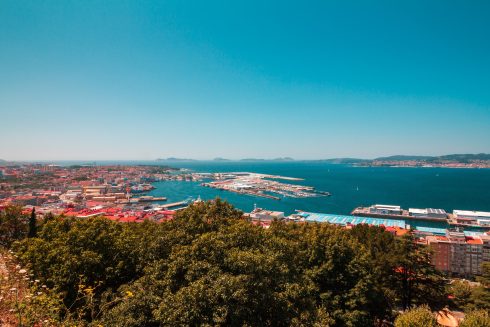LOOK up inland and from just about every tourist resort or villa on the Costa del Sol you can see a line up of soaring peaks.
Almost always framed by bright blue skies, the majority of them trump the UK’s highest peak of Ben Nevis and are full of wildlife including rare Ibex and otters, while Black Kites and Honey Buzzards patrol the skies overhead.
Now finally, after nearly 20 years of campaigning, this stunning mountain range, the Sierra de las Nieves has been designated as Spain’s 16th National Park.

Largely untouched by tourists yet ridiculously close to the coast, it’s a weekend getaway begging to be booked.
Highly endangered Pinsapo fir woodlands and the aforementioned Ibex and otter have helped to award its new National Park protection.
Crisscrossed with hiking trails, it’s even possible to stroll up from Marbella, Benahavis and Mijas, while by car you are in the heart of the park within an hour via the stunning Juanar Valley.

An even better option is to spend a weekend in the nearby Guadalhorce Valley, which buffers the range, while in the north you will find the Andalucian Lake District and its now famous Caminito del Rey.
The polar opposite to the glitz and glamour of the nearby coast the valley – where you will find the well known towns of Coin and Alhaurin – offers a more peaceful, largely rural relaxed way of life.
A great place to head for to kick off your exciting journey inland is Tolox, which is the back door to this incredible mountain wilderness.
As someone once described it, ‘If Coin sits at the foot of the Sierra de las Nieves, then Tolox is the toenail’.

Formerly part of the Moorish Kingdom of Soleiman, this whitewashed village also draws visitors to dip into its Fuente Amarga spa, with its legendary healing properties.
Stress and muscle fatigue are washed away with a variety of therapies ranging from natural gas inhalation to mud spray treatments.
Head uphill for a couple of miles and you will find the eagle-eye views at the Cerro de Hijar hotel, one of Andalucia’s more remote places to stay.
Every hairpin bend round the steep cliffs offers up a fresh angle on the Guadalhorce Valley.
Looking down as far as Malaga and to waterfalls trickling below, it’s easy to forget that the Costa del Sol metropolis is just over the mountain.
From here you head up towards the stunning white village of Yunquera and Alozaina is embedded like a jewel in a setting of olive groves.

The entrance to the village’s charming centre is marked by stone arches while the church – the crowning glory in most of these pueblos – can be seen against the skyline from the narrow streets below.
From the striking Santa Ana church itself, there are spectacular views towards the Sierra Prieta.

A half an hour north east you cannot miss Alora, which can be seen from miles around.
This stunning place packed with Moroccan and Roman influences is topped by a castle, which sits on a lofty pinnacle looking down on this quaint pueblo.
A stop at the 17th century La Encarnacion church en route is the perfect prelude to the main event atop Cerro de las Torres hill.
The castle has had a long and chequered history. Originally built by Phoenicians, before being expanded under Roman rule, it was destroyed by the Visigoths and rebuilt by the Moors.

Retracing you steps back the route south west out of Alhaurin brings you to the serene Barranco Blanco (White Ravine).
A photographer’s dream tucked away in the countryside where wild boar feel safe to roam, its aquamarine waters end in a magical waterfall.
Everyone mentions the Nazis, who allegedly used the area as a training camp during the war, due to the alliance between Franco and Hitler. You can still see a white building that was used as a sentry point as you arrive.
Arriving in Alhaurin is like deja vu as a ‘castle’ looms into view. It’s the famous brick water tower that starred in the opening credits of the Eldorado series, built to look old.

This is one of the most popular places to settle in the valley and has a great mix of shops and restaurants, while it has a true international feel with expats from all around the world.
Coin, the region’s ‘capital’ and largest town, is larger version of its smaller neighbours (Tolox, Yunquera and Alozaina) with its emblematic church, series of squares and a multitude of winding cobbled streets.
Set up by the Romans, who made it into a market town before largely abandoning it for almost 500 years, it was then brought back to life by the Moors, who rebuilt it in 950 AD.
Much of this later success came from the quarries of marble and iron ore which were used in the construction of Sevilla’s famous settlement of Italica, the birthplace of the future Emperor, Hadrian.
Reconquered by the Christians during a long siege in which Christopher Columbus allegedly took part, it was also popular with another great explorer Captain Cook, who visited in 1829.

After a visit to Cartama, Alhaurin and Coin, he wrote, ‘These villages are on rising ground above the river and in beauty of situation and cultivation cannot be excelled.
“They afford a specimen of the whole country when possessed by the Moors, being surrounded by gardens with orange, lemon and palm trees and abounding in all the fine as well as the more common fruits.”
Even today, the Guadalhorce Valley is considered to be among the most fertile in all Spain.
Crisscrossed with streams, as well as modern and ancient acequias (man-made water channels), it has as much modern cultivation as it has wildlife, while signs of its fecundity are found in the villages where you can pick oranges and lemons that line the streets.
Daredevils
Let’s not forget what was once dubbed the ‘world’s deadliest walkway’ until the Caminito del Rey reopened nine years ago following a €3 million upgrade.
While much safer now, you’ll still need a head for heights taking this high-adrenalin hike that runs through the El Chorro gorge, an immense fissure five kilometres long and 300 metres deep as it slices through towering limestone cliffs.

Set between the two postage stamp-sized villages of Ardales and El Chorro, it is no wonder this area garnered the nickname ‘the Andalucian Lake District’, in part thanks to a series of Olive Press travel articles over a decade ago.
The scenery is more akin to the countryside of Cumbria or the cantons of Switzerland than the average scenery on the Costa del Sol with the two villages linked by hairpin bend roads past the shimmering reservoirs bordered by sandy beaches and shaded by feathery conifers.
With lakeside campsites, it’s the quintessential active weekend break for outdoor sports types, offering rock climbing, watersports, pedalos and dining under the stars at charming pine-shaded ventas.
There is a lot to explore, with one incredibly interesting side trip up to the ancient ruined city of Bobastro, found by taking a side road uphill just a few clicks outside El Chorro.

A fascinating place, it was here in the ninth century that rebel Muslim leader Omar Ibn Hafsun, declared independence from the Moorish kingdom of Cordoba, leading to decades of conflict and the setting up of an impregnable mountain redoubt that was hard to capture and even harder to find.
Today, you can explore the site, with its various buildings and ruins that suddenly emerge in clearings amid deep woodland. Most fascinating of all is an ancient church that was literally hewn out of rock, with circular shapes as windows, one presumes.
READ MORE:
- Ten reasons to visit Spain’s green and glorious Galicia this summer
- Five lesser known towns worth a visit on Spain’s Costa del Sol this summer








